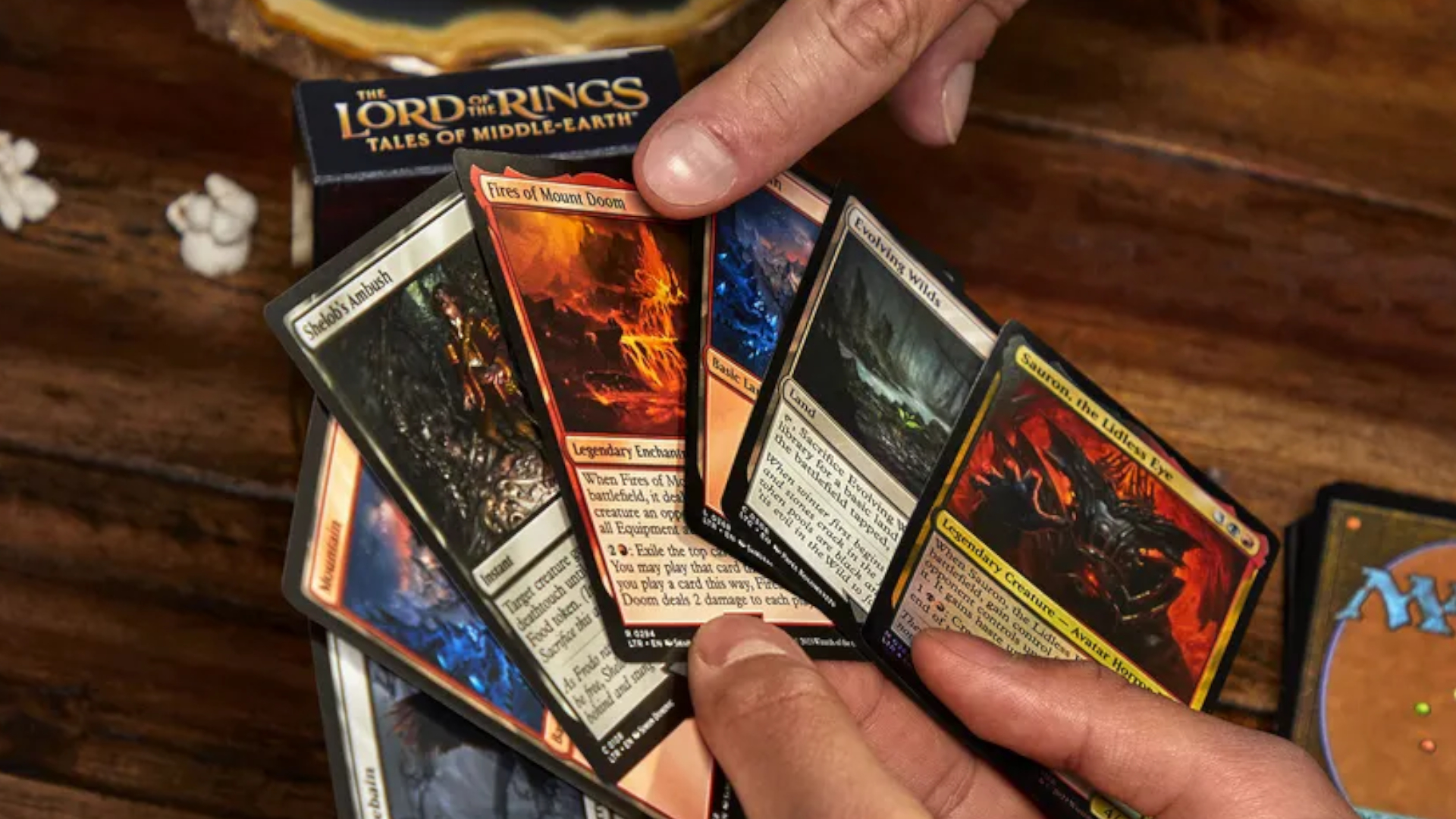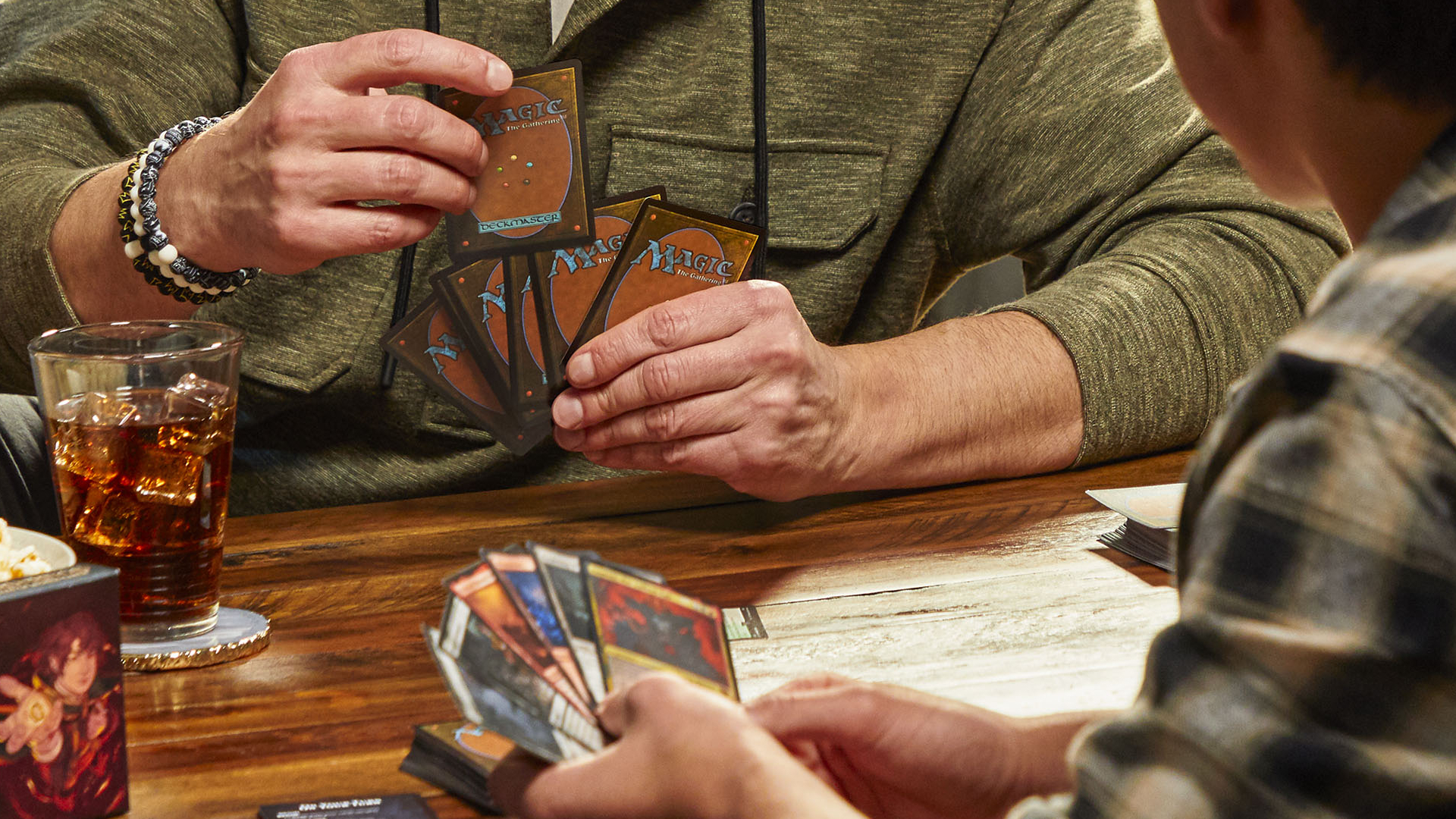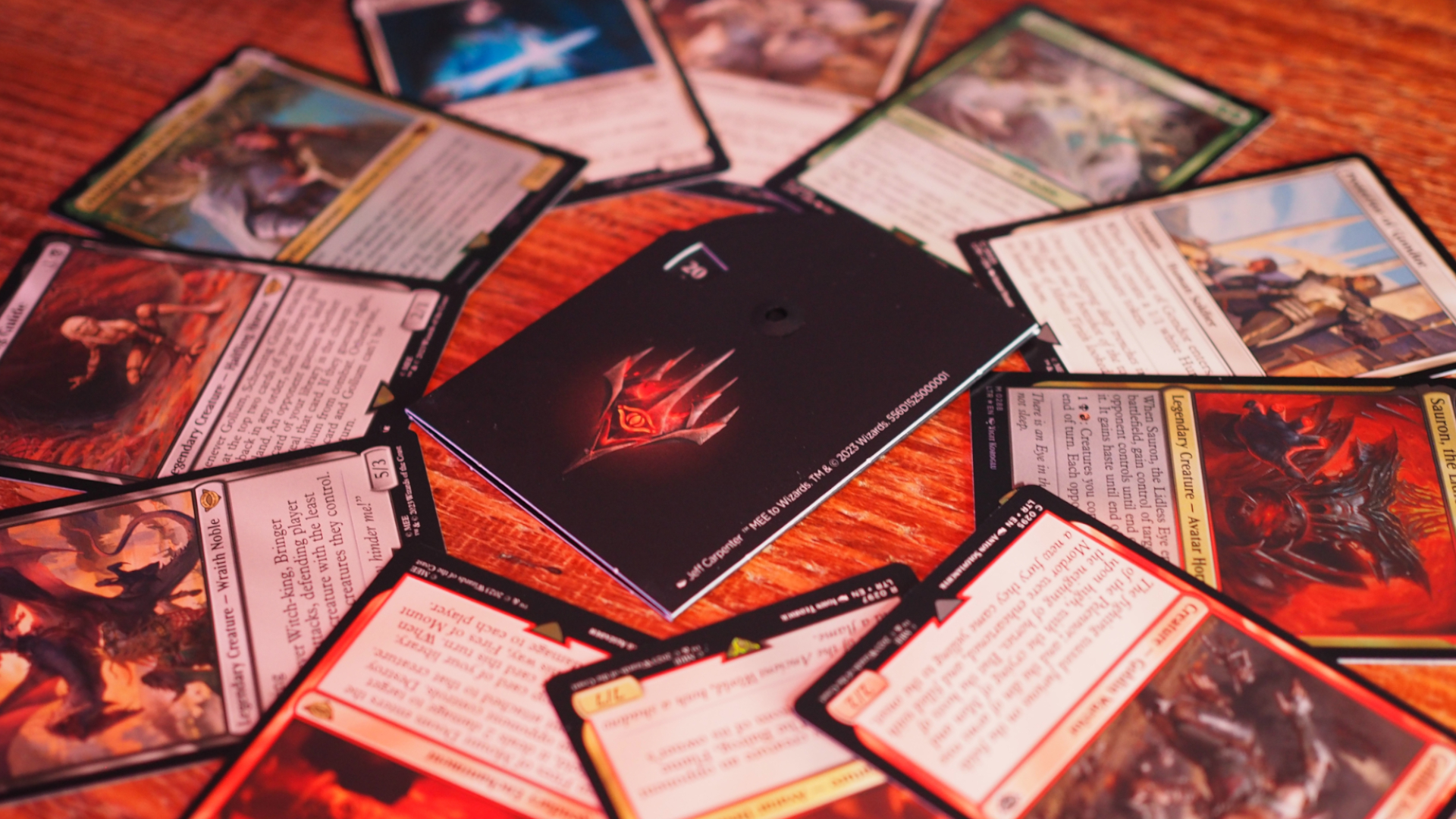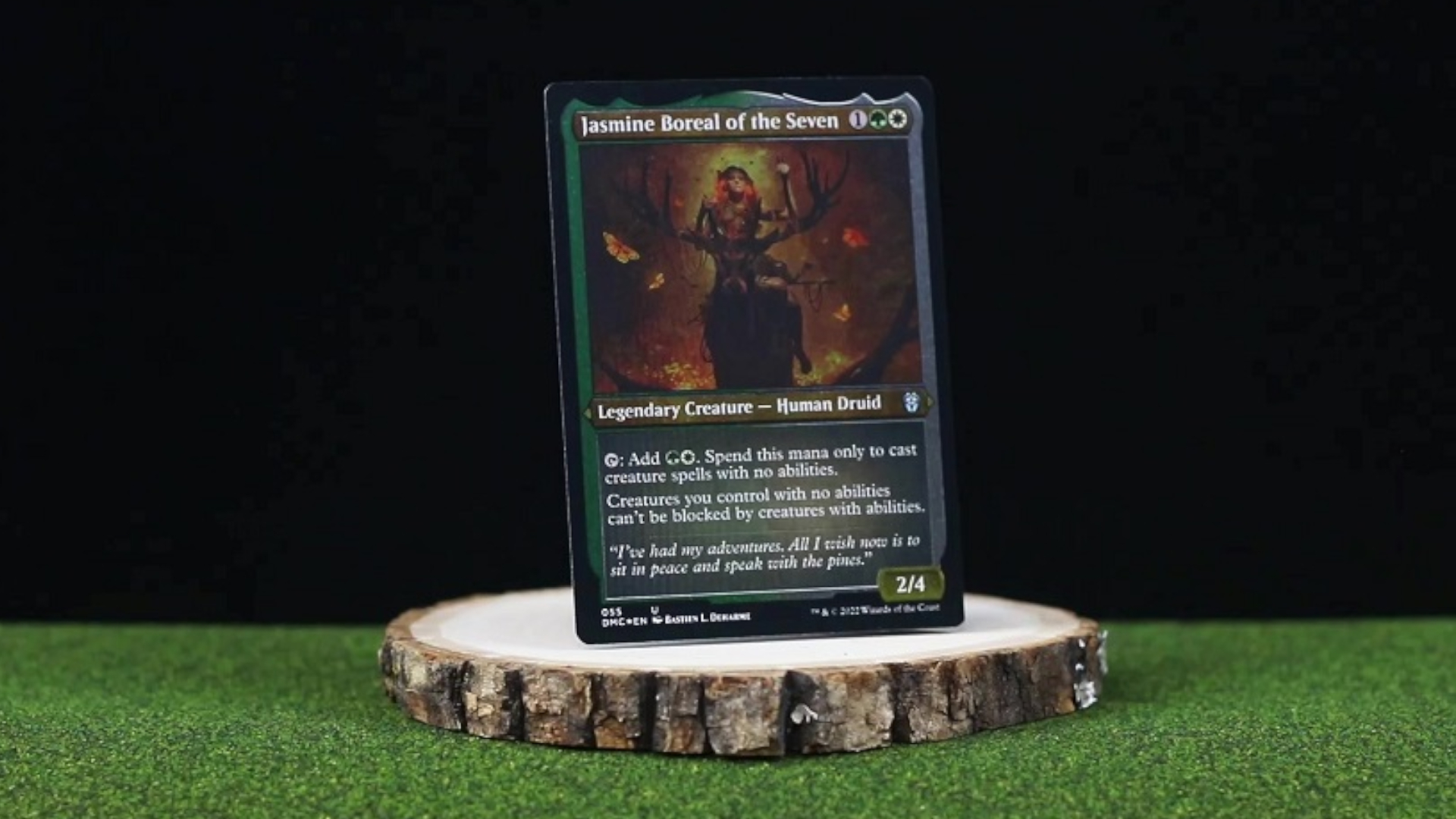The best Magic: The Gathering format is one you're probably not playing
Opinion | Cube is where it's at

If you’re a Magic: The Gathering player who plays the game online, you’ve most likely run into Cube draft. It’s a seasonal format, a Draft environment where, online at least, you mostly draft from the most powerful and well-known cards in the game. It's a fun distraction that’ll show up at the back end of a limited format to break the monotony that can build in one of the best card games for a couple of weeks.
But Cube is more than that. It’s magic’s most dynamic format, a fantastic experience that straddles the border between Magic: The Gathering Commander and competition. So, here’s an introduction to getting started with the best Magic format you’re probably not playing.
What is Cube?

A cube is, basically, a simulated, player-curated Draft environment. Whereas Draft consists of three booster packs, a cube is a set of cards (usually 180, 360, or 450, but sometimes less) that is shuffled and split into 15 card packs to be drafted. Cubes mostly follow normal draft rules, but many of them make their own - some ask you to pick two cards at a time, some are restricted to certain colours, for example.
But mainly, Cube is Magic’s ultimate form of self-expression. Your own cube gets to represent you as a player, without bowing to any restrictions of playability or card legality. If you want to add playtest cards, joke cards, or just downright unplayables, you can. You can even add your own rules - I’ve seen a friend play with a cube where you have to bet cards from your draft pool each match, similar to Magic’s forgotten Ante mechanic, winning cards from the other players as you continue on.
It’s pretty much the same time investment and general vibe as a game of Commander at home
In a way, then, Cube is a bit more like a board game that you make yourself. It has different rules, and you decide the game pieces; it’s entirely self-contained - you show up, unpack it, draft it, play some matches in a mini-tournament, pack up, and go home. It’s pretty much the same time investment and general vibe as a game of Commander at home.
Why play Cube?

The best part about cube is the sheer variety of cards that you get to play. Cubes are often filled with cards that the creators enjoy or remember, that means something to them. You can take the card that defined a Draft format for you, for example, a bit from your old Commander deck, or a long-since rotated Standard staple. No matter what you choose, you throw them all in there with half a Modern deck and a card you found trawling through a commons box five years ago and never got to play anywhere.
This radical variety extends to archetypes. Generally, in Magic’s official Draft formats, colour combinations have certain archetypes that you will be steered towards through ‘signpost’ cards. Cube is much the same - but this time, you decide the archetypes.
Sign up to the GamesRadar+ Newsletter
Weekly digests, tales from the communities you love, and more
This springboards very well off MTG’s most popular format, Commander. Many Commander decks are multicoloured and synergistic, so it’s easy to convert them into a strong, recognisable draft archetype.
Getting started

If you’re intimidated, as I was, by building an entire cube, there are a lot of community maintained cubes to work from as a base, changing cards where availability and preference require. A ton of the community’s most popular cubes are built on very low budgets - such as the well-known and highly maintained Pauper Cube.
Better yet, some cubes, like Emma Partlow’s Peasant Cube, are pretty cheap if you just remove the top twenty or so most expensive cards and replace them with something else - a simple task, since there’s no point to worrying about your cube’s viability in the same way you would a deck.
It can be a fun experience to turn all the cards you have laying around that wouldn't otherwise see play into something productive
Alternatively, you can always ask friends for help! One of my best early Magic memories is getting a group of friends together, each selecting our favourite 45 cards from our collections, banging them all in a box and drafting it. If you have a moderate collection, it can be a fun experience to turn all the cards you have laying around that wouldn't otherwise see play into something productive, a new way of playing the game that you can easily share.
Looking for more recommendations? Don't forget about the best board games.
Hal is a freelance writer with a particular interest in tabletop RPGs and board games.


